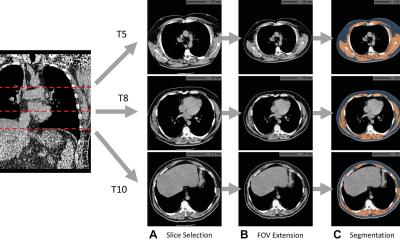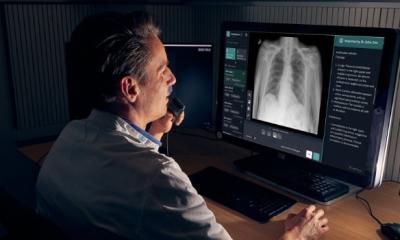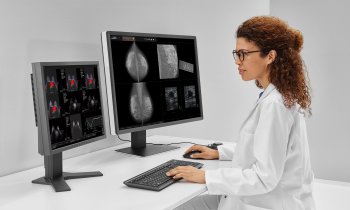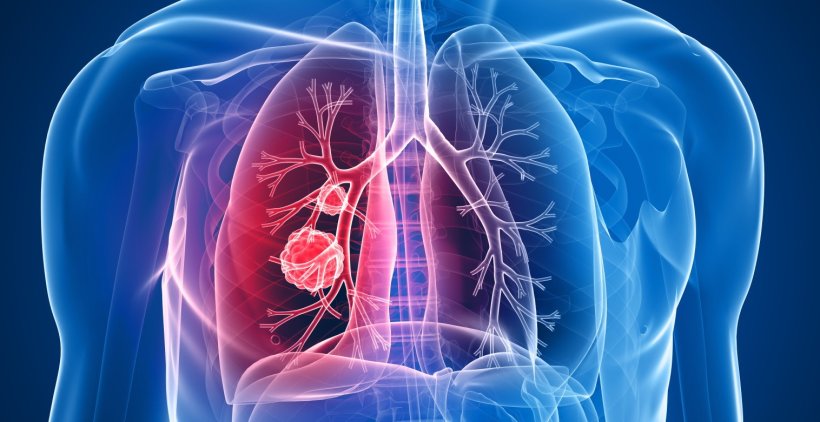
© Sebastian Kaulitzki – stock.adobe.com
Article • AI is key
Lung cancer screening initiatives across Europe
Artificial Intelligence will be a critical component in ensuring a Europe-wide lung cancer screening programme can achieve its potential, according to speakers at a special ECR 2024 session.
Report: Mark Nicholls
Delegates heard that the SOLACE project (Strengthening the screening of Lung Cancer in Europe) will be supported by AI in terms of workflow, diagnostics, and image and data analysis. Presentations in the session also focused on progress on the initiative in Croatia, France, Hungary and the Czech Republic, in reaching out to under-represented and vulnerable groups.
In her introduction to the session, chair Dr Oyunbileg von Stackelberg from the University Clinic Heidelberg in Germany said that while there was evidence that screening with low-dose CT (LDCT) reduces lung cancer mortality, few countries in Europe had lung cancer screening (LCS) as a national programme in their healthcare systems. SOLACE, a multi-national project to boost LCS in Europe, includes 33 institutions from 15 countries with ongoing projects and pilot trials.
Reducing mortality by 20%
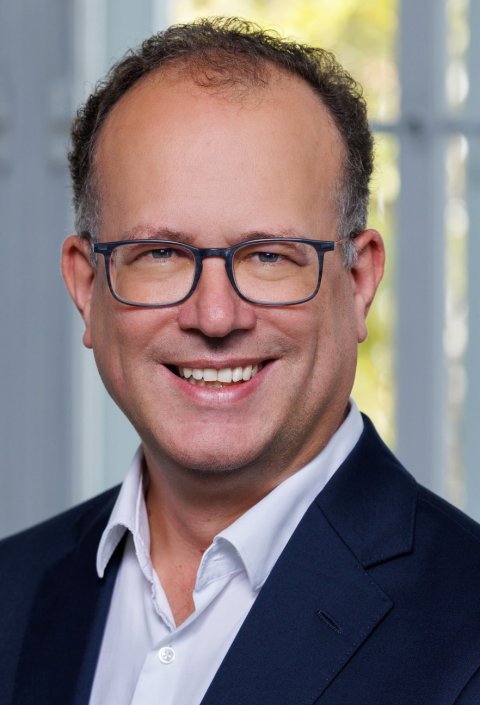
Radiologist Professor Helmut Prosch from Vienna General Hospital outlined the vision of SOLACE, which is an EU4Health funded initiative within Europe’s Beating Cancer Plan, and the challenges it faces. He said 55% of patients with lung cancer present in the advanced tumour stage, 22% in the regional stage, and 19% with a localised tumour, with 4% unknown. ‘Only patients presenting with localised tumour stage have a fairly good five-year survival of 61%, but with more advanced stages, the prognosis is bad,’ said Prosch. ‘This translates into overall survival of 20.5%. What we are trying to do with LCS is increase the number of patients diagnosed in the localised tumour stage as the smaller the tumour the better the prognosis.’ Figures suggest screening with LDCT can reduce lung cancer mortality by 20%, saving a life for every 320 people screened.
Challenges include a lack of European guidelines, limited cost effectiveness data, concerns about reaching groups who would benefit most, and LCS training. ‘We know women are underrepresented in lung cancer screening, even though they would benefit more from lung cancer screening,’ Prosch continued. ‘Vulnerable and marginalized communities smoke more and have higher lung cancer incidence but are difficult to reach. The people who would profit the most are under-represented. That is why we have work packages specifically focussing on females and hard-to-reach individuals.’
SOLACE is also working with the European Society of Thoracic Imaging on a unified training system for healthcare professionals involved in LCS.
Digitisation makes workload manageable
If you want to connect 2000 GPs with 20 radiology centres and six centres for additional diagnostic procedures and surgery, you need digitalisation
Miroslav Samaržija
As the first EU country with a nationwide LCS programme, Croatia has 20 centres in 14 cities, is fully reimbursed and integrated into the healthcare system, and aims to reduce lung cancer deaths by 20% within 10 years.
Professor Miroslav Samaržija from the Department of Pulmonary Diseases at the Clinical Hospital Center in Zagreb said the programme hopes for a 50% response rate from eligible and high-risk populations and promote an early therapeutic approach. He also emphasized the role of AI. ‘It is not possible to perform volume analysis in 20 centres on thousands of participants without the use of AI,’ he said. ‘Another problem is how to approach high-risk populations and we decided to do that through the GP network. But if you want to connect 2000 GPs with 20 radiology centres and six centres for additional diagnostic procedures and surgery, you need digitalisation.’
For 2024, the plan is for digital integration of LCS with breast and prostate cancer screening and improve data sharing in the SOLACE project.
The session also heard from Professor Marie-Pierre Revel from Cochin Hospital, Université Paris Cité, on the French experience focusing specifically on women through the CASCADE study (Lung Cancer Screening in French women using low-dose CT and Artificial Intelligence for Detection), launched in March 2022. Underlining the importance of a woman-only cohort, she said a key driver was because women are under-represented in LCS studies and that the portion of women among lung cancer patients has increased from 16% in 2000 to 34.6% in 2020 with 41% under the age of 50. A Hungarian pilot project reached out to deprived populations, while the Czech Republic is focusing on very high-risk participants.
Appeal for more scientific evidence
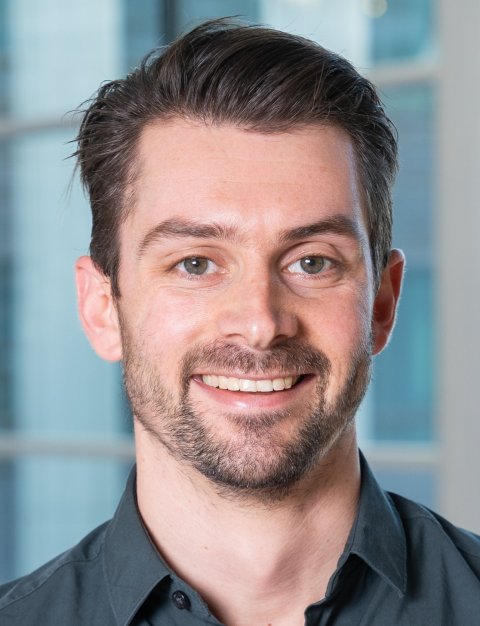
Biomedical engineer Dr Colin Jacobs outlined the role AI can play in national LCS programmes across Europe in assessing the probability of malignancy, automated detection of lung nodules, and in workflow. ‘It determines the type of nodules, measures the size of the nodule and the malignancy probability,’ said Jacobs, from Radboud University Medical Center, Nijmegen.
He said there are 17 AI products related to pulmonary nodule detection and/or characterization CE-approved for clinical use in Europe. ‘Screening programmes and trials are increasingly using AI, though there is no or little reimbursement for AI support,’ said Jacobs. He called for more scientific evidence by continuous monitoring of real-world AI performance in running installations, new research and a need to find good models on how to pay for AI in LCS, as well as creating reference databases for quality control and quality assurance on AI products for LCS.
Pippa Powell from Lungs Europe – a collaboration of the European Respiratory Society and the European Lung Foundation – discussed the participant’s perspective and outreach, pointing to a SOLACE stakeholder forum, a lung cancer advisory group, a website and social media platforms as well as advice material and newsletters to disseminate information.
Profiles:
Radiologist Professor Helmut Prosch is from the Medical University of Vienna and the Department of Biomedical Imaging and Image-guided Therapy at Vienna General Hospital in Austria. A chest/thoracic specialist, his fields of interest include AI, Clinical IT, Hybrid imaging and principles of imaging technology & molecular imaging.
Research scientist Dr Colin Jacobs is from the Diagnostic Image Analysis Group in the Department of Medical Imaging, Radboud University Medical Center, Nijmegen with a specific interest in AI, Chest/Thoracic imaging and computer applications.
12.08.2024




